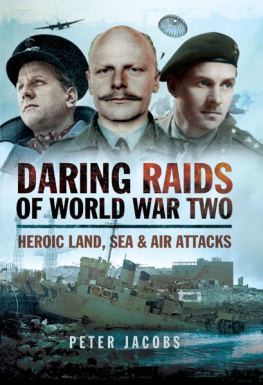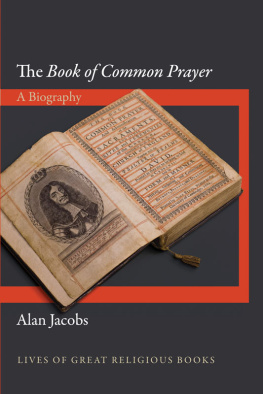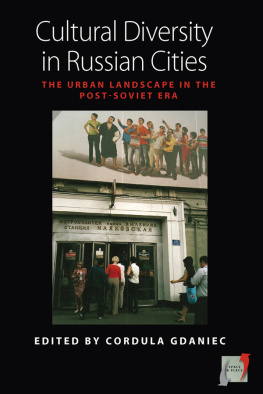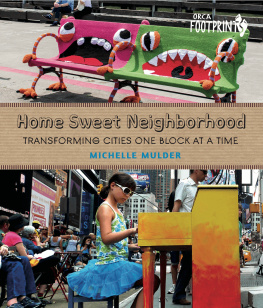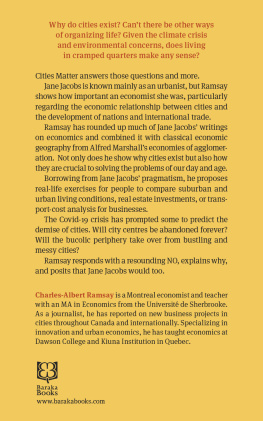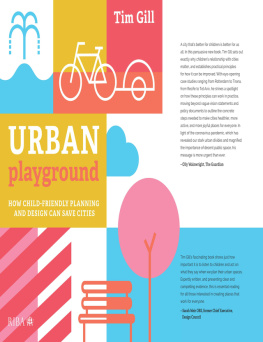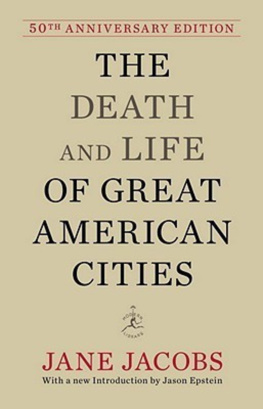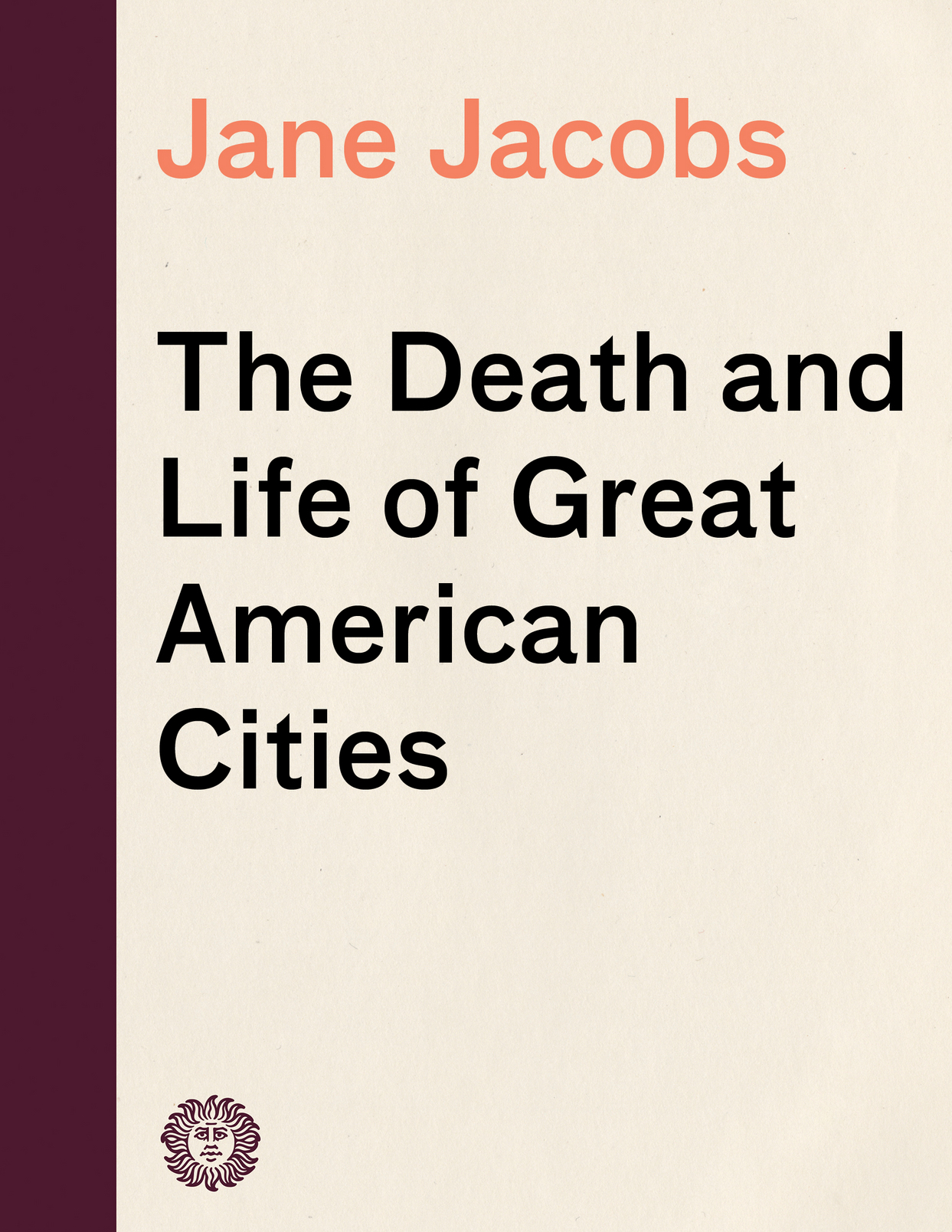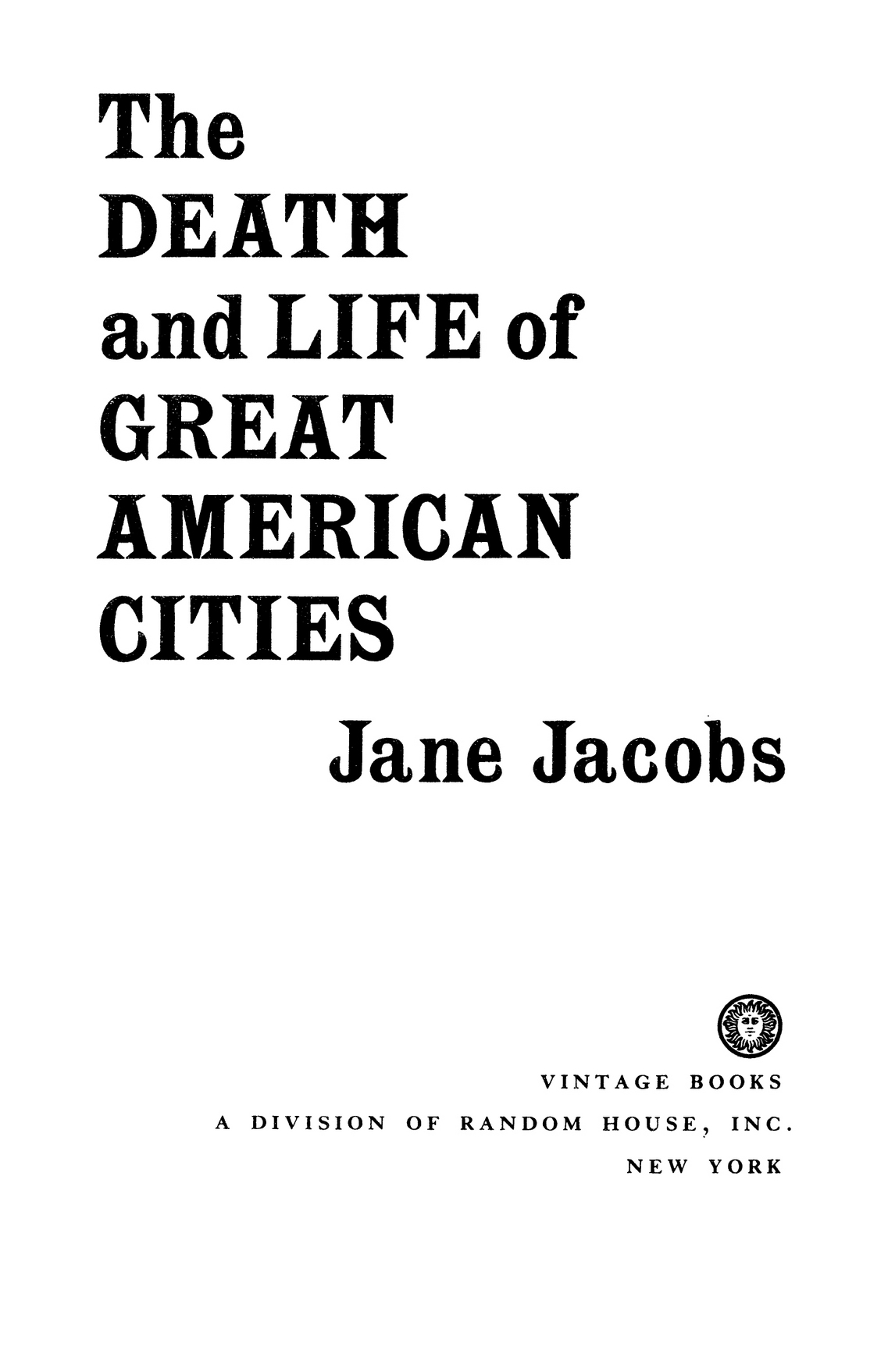The
DEATH
and
LIFE
of GREAT
AMERICAN
CITIES
Jane Jacobs
Jane Jacobs was born in Scranton, Pennsylvania, and now lives in Toronto. In addition to The Death and Life of Great American Cities, she is the author of Cities and the Wealth of Nations, The Question of Separatism, The Economy of Cities, and, most recently, Systems of Survival.
ALSO BYJane Jacobs
Systems of Survival:
A Dialogue on the Moral Foundation of Commerce and Politics
Cities and the Wealth of Nations:
Principles of Economic Life
The Question of Separatism:
Quebec and the Struggle over Sovereignty
The Economy of Cities
VINTAGE BOOKS EDITION, DECEMBER 1992
Copyright1961 by Jane Jacobs
Copyright renewed 1989 by Jane Jacobs
All rights reserved under International and Pan-American Copyright Conventions Published in the United States by Vintage Books, a division of Random House, Inc., New York, and simultaneously in Canada by Random House of Canada Limited, Toronto Originally published in hardcover by Random House, Inc., New York, in 1961
Acknowledgment is made to the following publications for permission to reprint portions of this book which first appeared in their pages: Architectural Forum, the Columbia University Forum, Harpers Magazine, The Reporter.
Library of Congress Cataloging-in-Publication Data
Jacobs, Jane, 1916
The death and life of great American cities / Jane Jacobs.1st Vintage Books ed.
p cm
Originally published: New York: Random House, [1961]
ISBN 0-679-74195-X
1 City planningUnited States 2 Urban renewalUnited States.
3. Urban policyUnited States I. Title
HT167.J33 1992
307.76097 3dc20 92-50082
Ebook ISBN9780525432852
v4.1
a
T O NEW YORK CITY
where I came to seek my fortune
and found it by finding
Bob, Jimmy, Ned and Mary
for whom this book is written too
Acknowledgment
So many scores of persons helped me with this book, wittingly and unwittingly, that I shall never fully be able to acknowledge the appreciation I owe and feel. In particular I am grateful for information, aid or criticism given by the following persons: Saul Alinsky, Norris C. Andrews, Edmund Bacon, June Blythe, John Decker Butzner, Jr., Henry Churchill, Grady Clay, William C. Crow, Vernon De Mars, Monsignor John J. Egan, Charles Farnsley, Carl Feiss, Robert B. Filley, Mrs. Rosario Folino, Chadbourne Gilpatric, Victor Gruen, Frank Havey, Goldie Hoffman, Frank Hotchkiss, Leticia Kent, William H. Kirk, Mr. and Mrs. George Kostritsky, Jay Landesman, The Rev. Wilbur C. Leach, Glennie M. Lenear, Melvin F. Levine, Edward Logue, Ellen Lurie, Elizabeth Manson, Roger Montgomery, Richard Nelson, Joseph Passonneau, Ellen Perry, Rose Porter, Ansel Robison, James W. Rouse, Samuel A. Spiegel, Stanley B. Tankel, Jack Volkman, Robert C. Weinberg, Erik Wensberg, Henry Whitney, William H. Whyte, Jr., William Wilcox, Mildred Zucker, Beda Zwicker. None of these people is, of course, responsible for what I have written; indeed, some disagree heartily with my point of view but have helped me generously nevertheless.
I am grateful also to the Rockefeller Foundation for the financial support which made my research and writing possible, to the New School for Social Research for its hospitality, and to Douglas Haskell, the Editor of Architectural Forum, for his encouragement and forbearance. Most of all I am grateful to my husband, Robert H. Jacobs, Jr.; by this time I do not know which ideas in this book are mine and which are his.
JANE JACOBS
Contents
Illustrations
The scenes that illustrate this book are all about us. For illustrations, please look closely at real cities. While you are looking, you might as well also listen, linger and think about what you see.
Until lately the best thing that I was able to think of in favor of civilization, apart from blind acceptance of the order of the universe, was that it made possible the artist, the poet, the philosopher, and the man of science. But I think that is not the greatest thing. Now I believe that the greatest thing is a matter that comes directly home to us all. When it is said that we are too much occupied with the means of living to live, I answer that the chief worth of civilization is just that it makes the means of living more complex; that it calls for great and combined intellectual efforts, instead of simple, uncoordinated ones, in order that the crowd may be fed and clothed and housed and moved from place to place. Because more complex and intense intellectual efforts mean a fuller and richer life. They mean more life. Life is an end in itself, and the only question as to whether it is worth living is whether you have enough of it.
I will add but a word. We are all very near despair. The sheathing that floats us over its waves is compounded of hope, faith in the unexplainable worth and sure issue of effort, and the deep, sub-conscious content which comes from the exercise of our powers.
OLIVER WENDELL HOLMES , JR
This book is an attack on current city planning and rebuilding. It is also, and mostly, an attempt to introduce new principles of city planning and rebuilding, different and even opposite from those now taught in everything from schools of architecture and planning to the Sunday supplements and womens magazines. My attack is not based on quibbles about rebuilding methods or hair-splitting about fashions in design. It is an attack, rather, on the principles and aims that have shaped modern, orthodox city planning and rebuilding.
In setting forth different principles, I shall mainly be writing about common, ordinary things: for instance, what kinds of city streets are safe and what kinds are not; why some city parks are marvelous and others are vice traps and death traps; why some slums stay slums and other slums regenerate themselves even against financial and official opposition; what makes downtowns shift their centers; what, if anything, is a city neighborhood, and what jobs, if any, neighborhoods in great cities do. In short, I shall be writing about how cities work in real life, because this is the only way to learn what principles of planning and what practices in rebuilding can promote social and economic vitality in cities, and what practices and principles will deaden these attributes.
There is a wistful myth that if only we had enough money to spendthe figure is usually put at a hundred billion dollarswe could wipe out all our slums in ten years, reverse decay in the great, dull, gray belts that were yesterdays and day-before-yesterdays suburbs, anchor the wandering middle class and its wandering tax money, and perhaps even solve the traffic problem.
But look what we have built with the first several billions: Low-income projects that become worse centers of delinquency, vandalism and general social hopelessness than the slums they were supposed to replace. Middle-income housing projects which are truly marvels of dullness and regimentation, sealed against any buoyancy or vitality of city life. Luxury housing projects that mitigate their inanity, or try to, with a vapid vulgarity. Cultural centers that are unable to support a good bookstore. Civic centers that are avoided by everyone but bums, who have fewer choices of loitering place than others. Commercial centers that are lackluster imitations of standardized suburban chain-store shopping. Promenades that go from no place to nowhere and have no promenaders. Expressways that eviscerate great cities. This is not the rebuilding of cities. This is the sacking of cities.



